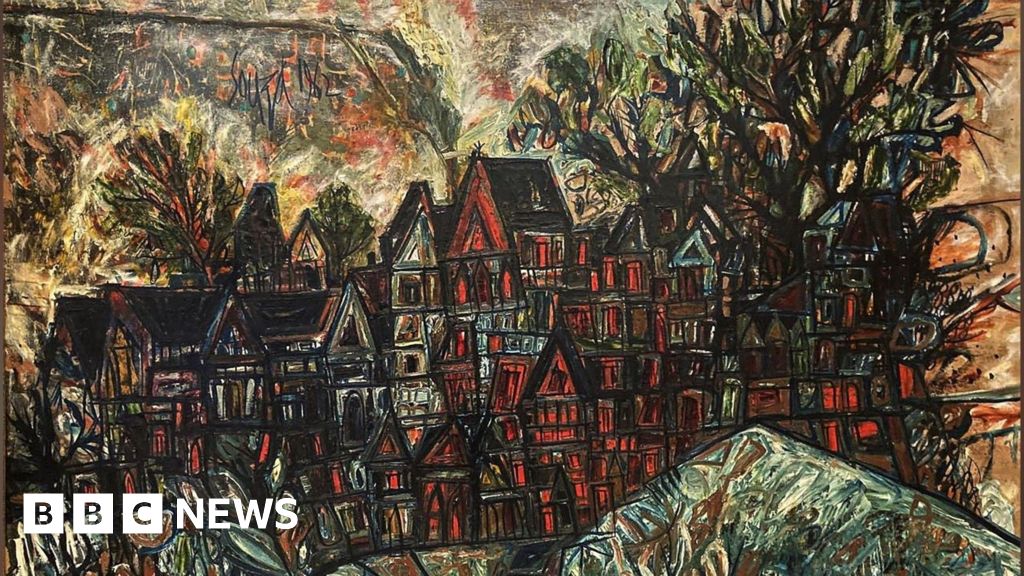Introduction to Indian Art Market
A radiant gold canvas with subtle textures and delicate shapes that exudes both energy and calm. This untitled 1971 painting by Vasudeo Santu Gaitonde recently topped a record-breaking Saffronart auction in Delhi, which fetched $40.2 million – the highest sum ever for South Asian art. Gaitonde’s work alone sold for $7.57 million, almost three times its estimate, making it India’s second most expensive painting.
Record-Breaking Auctions
The bid added momentum to an already strong auction season for Indian art. Just a few days later, Sotheby’s sold the landscape by artist Francis Newton Souza, Houses in Hampstead, at a price slightly lower than Gaitonde’s, making it India’s third highest-priced painting. Earlier this year, the record for India’s most expensive painting was re-set when MF Husain’s Untitled (Gram Yatra) fetched a whopping $13.8 million.
Growth of the Indian Art Market
Auctioneers and curators say India’s art market is experiencing an unprecedented boom, fueled by a flood of art fairs, galleries, and exhibition spaces in cities and towns. Industry insiders predict that the market is worth $338 million, an exponential increase from $2 million at the turn of the century, and that it will grow to $1.1 billion by 2030.
Factors Contributing to the Boom
Dinesh Vazirani, one of the founders of Saffronart, believes this is a “point of massive change.” The recent tax cuts that reduced the Goods and Services Tax (GST) on art from 12% to 5% have also helped boost the market. While global buyers dominate, much of the overseas demand comes from diaspora collectors seeking "a piece of their heritage," said Manjari Sihare-Sutin, co-head of Indian and South Asian art at Sotheby’s.
New Buyers and Artists
These trends have attracted new buyers: A third of Sotheby’s bidders last month were newbies, while Saffronart reports that 25-30% of its buyers are newbies. While top sales often include established modernists such as Husain, Souza, Gaitonde, and Raza, auctioneers say rising top prices are also increasing demand and value of previously overlooked artists.
The Indian Art Scene
Curator Ina Puri notes a resurgence in the Indian art scene, driven by growing recognition of Indian artists and increased investment in spaces for public engagement. “I feel like Indian art has made a comeback,” Ms. Puri said. “New institutions, museums, and spaces to present art are emerging across the country.” Government funding for the arts has long lagged behind other priorities, leaving the private sector to take the lead.
Emerging Artists and Grassroots Support
Delhi-based non-profit Khoj, founded in 1997, seeks to bridge the gap by supporting emerging artists through programs and residencies. Director Pooja Sood notes a growing participation of smaller cities that are often overlooked by the art world. Rising interest in South Asian art is strengthening the ecosystem, but record-breaking sales from established artists are not directly benefiting newcomers – grassroots support remains essential.

